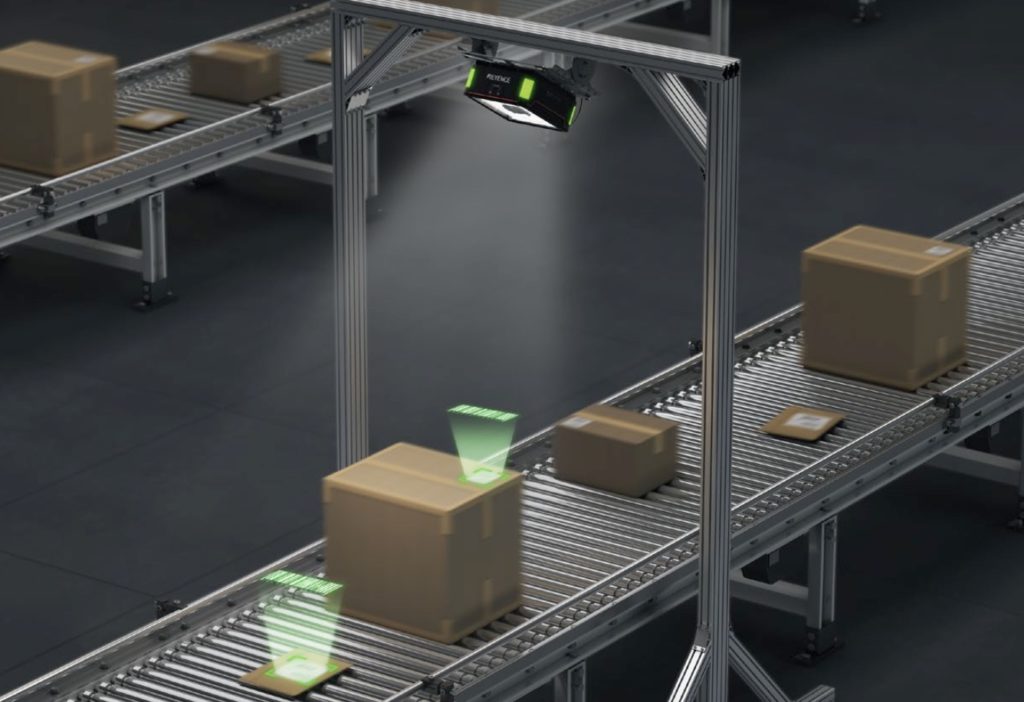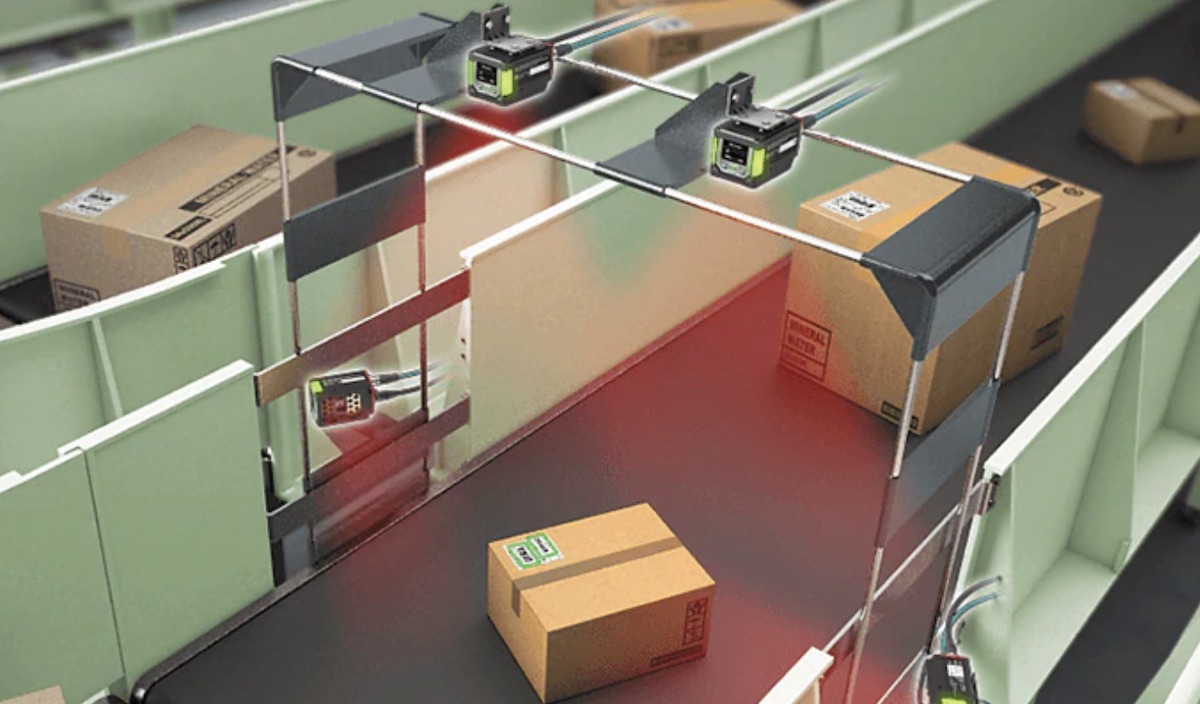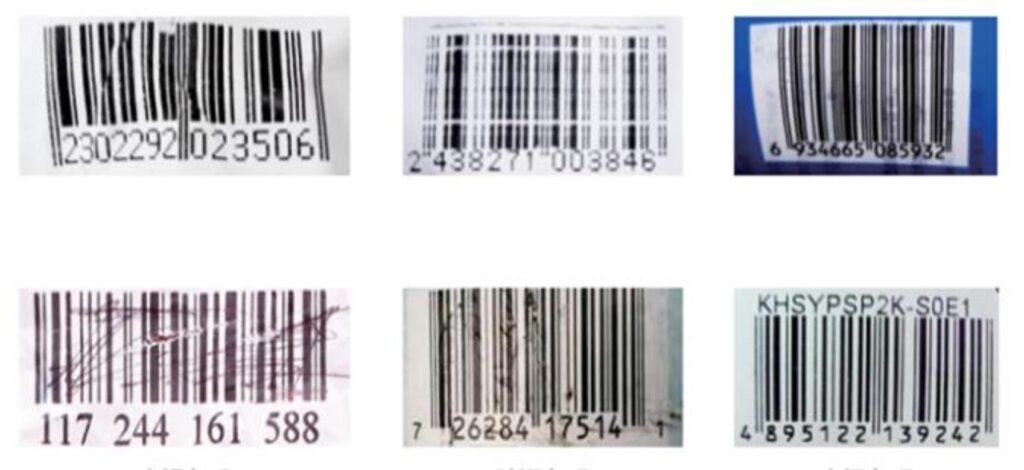Barcode sizes, types, and location(s) on various packaging materials plays a massive role in scoping projects. Defining barcode needs is a big part of properly pricing systems small to large. The information below should help any newbie or advanced users to understand more about fixed barcode scanners and cameras.
Warehouse and distribution automation almost always includes barcode scanning and identification. This process exists at the SKU level as well as unique identification of specific orders that make contain one or many SKUs. If you are ready to discuss a barcode scanning system, reach out to us now.

As an introduction to scanning and how it relates to automation, there are usually a lot more questions. Some of these may be obvious, but for most who do not work in warehouse operations or distribution centers likely do not think much about barcodes…that is until there is a need to automate tasks such as receiving, shipping, order picking, and unique identification to any particular item or order when looking at any particular piece of automated equipment or process.
Fixed or automated barcode scanning refers to the reading of barcodes when items being scanned are on a conveyor system. The barcode (such as a UPC or shipping label barcode) is presented to a scanning device rather than a handheld device being presented to the item. The scanners are therefore “fixed” and read the barcode data as items pass by in motion. The term “automated” is used because these types of scanners or cameras are automatically triggered without a person initializing the scan. This is typically done on a conveyor where products or packages move automatically and trigger a photoeye to “trigger” or turn on the scanner or an array of scanners that look for a barcode, group of codes, etc.
Traditional scanners used for automation were traditionally laser based. There were some camera/CCD based devices, but were typically limited to manufacturing and repeated processes. Since warehousing and distribution is a much more dynamic environment, fixed cameras were too limited in range and field of view. That has all changed. In the past decade cameras have become much more dynamic and cost effective. Laser based devices are still used in many applications and preferred by some. Barcode cameras are now competing head to head in both range (depth of field, defined by the delta between nearest and furthest barcode to read) and field of view (defined by how wide of an area the device to “see”). Lasers once dominated with both range and depth of field, however, cameras are now able to “see” further and wider than ever. This coupled with processing speeds, variable barcode orientation, and more forgiving towards reading “ugly” codes makes a strong argument for cameras in similar applications.
A scanning “system” typically consists of multiple scanners or cameras. A tunnel refers to a frame that is over a conveyor system and scans from multiple sides, often 5 or 6 sides. Any system with multiple sides of scanning may be referred to as a tunnel, but it is not typical to use or hear this phrase for more simplified applications.

As the summary suggests, barcodes can make or break a system budget very quickly. Consider the fact that a shipping and manifest system will have 2 or 3 scanning instances. If the unique order ID (often referred to as a license plate barcode, or LPN) is a nice easy target, the cost of scanning will be very straight forward. However, if there is no control over the barcode type or quality, or if the location of the barcode could be “anywhere” on 6 sides of a box, then the cost will be enormous in comparison, especially when applying this example of 2 or even 3 scanning instances needed in a shipping application.
The examples below are WHY we ask so many questions!!

Between understanding package sizes, varieties of packaging materials, barcode types, sizes, and placements, there will be many questions. It is all in effort to streamline your application and entire supply chain by providing consistency in as many areas as possible to keep complexity and costs minimal.
What seems like a simple thing…well, it can be in many instances, but most often it takes some digging to ensure the right equipment is specified for the application. Like many things, there are many solutions available, but the “right” solution may just save you a ton of time and headache by talking to the right people. We look forward to hearing from you. Contact us today.